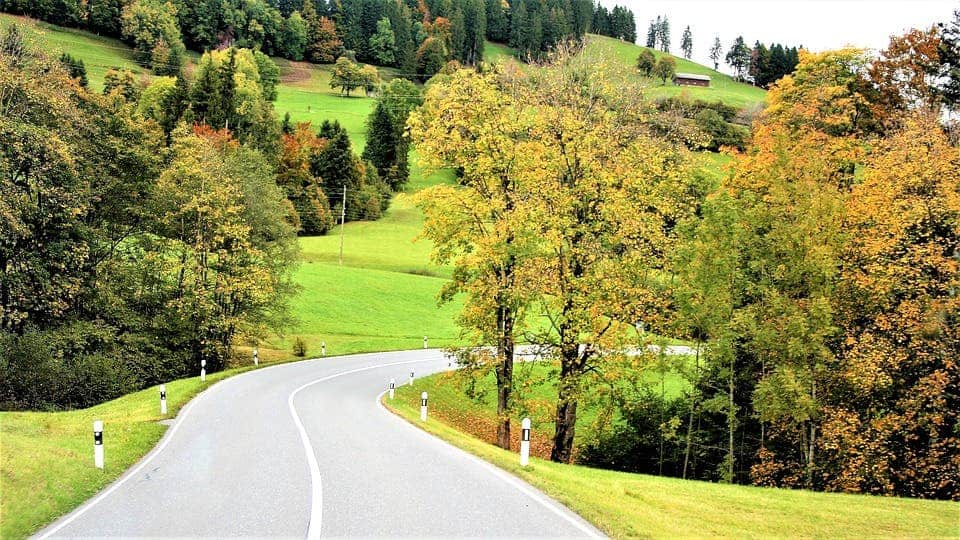Forest fragmentation might have a much greater effect on animal life than previously believed. Animals up to one kilometer (0.6 miles) away from the forest edge still show a measurable impact from living close to areas where the forest has been removed, a new paper reports.
An international team composed of researchers from the U.K, North and South America, Europe, Australia, Africa, and Australia, led by Marion Pfeifer, Research Associate in Landscape Ecology at the Newcastle University in the United Kingdom, says that we need to take urgent steps to protect the integrity of woodlands around the world.
Their warning comes following the largest analysis of arboreal vertebrate species to date, a process which included 1,673 species throughout five continents.
Divided lands
The researchers assembled figures on animal abundance across a range of landscapes from open non-forested habitats to forest edges and deep jungle, focusing mostly on tropical settings. For each of the species included in the analysis, they calculated the “edge influence” and “edge sensitivity”, two measurements aimed to capture the complex relationship between species and their habitat.
Overall, they report that forest edges have a major part to play in the well-being of most investigated species. Roughly 85% of studied species are in some way affected by forest edges, being either attracted to or avoidant of them. In some cases it’s a good thing — some 46% of the total number of species get the resources they need to survive from the edges.
The team, however, is concerned with the other 39%, which shows negative effects from encroaching forest edges. The real issue, they note, is that growing fragmentation means forests are increasingly made up of a collection of small patches rather than continuous bodies. As intact forest landscapes diminish, that 39% which prefers deep woods loses appropriate habitat and runs an increased risk of extinction. Examples of species that depend on unbroken swaths of forested landscapes include the Sunda pangolin (Manis javanica), the Bahia tapaculo (Eleoscytalopus psychopompus), the long-billed black cockatoo (Zanda baudinii) and Baird’s tapir (Tapirus bairdii).
The effect of forest edges could be seen in animals up to one kilometer (0.6 miles) away, they report.
“I was shocked that we could find this effect for so many species going so deep into the forest,” said Adam Hadley, research associate at the College of Forestry at Oregon State University, who studies pollinators in forested areas of Costa Rica and Oregon.
“There are few remaining areas where you don’t have intrusions into the forests, such as roads and other activities. Maybe we should consider not putting roads into them. It may be valuable just to keep them as remote as possible. There aren’t that many left.”
The paper is the latest drawing a warning on the rapid fragmentation of forest environments around the world, showing how far its effects range on animal well-being and overall biodiversity. About half of all forested land today is believed to be within 500 meters (0.3 miles) away from a road, pasture, or other types of non-forest land use.
The paper “Human activities are reshaping forest animal communities around the world” has been published in the journal Nature.










